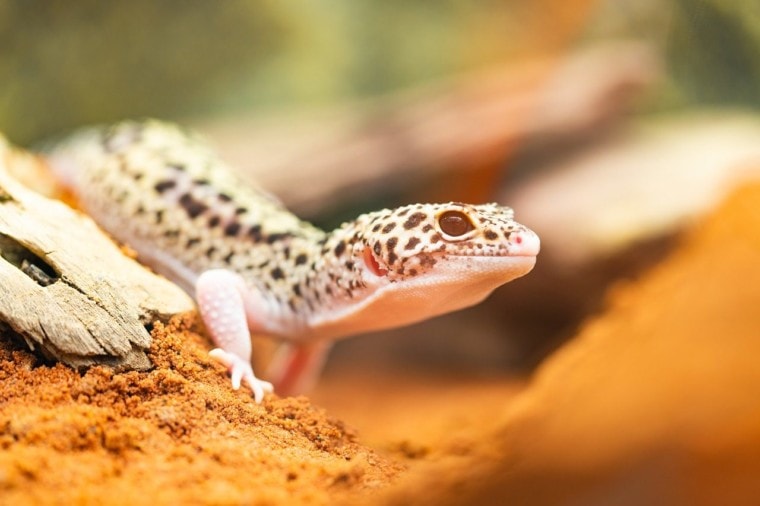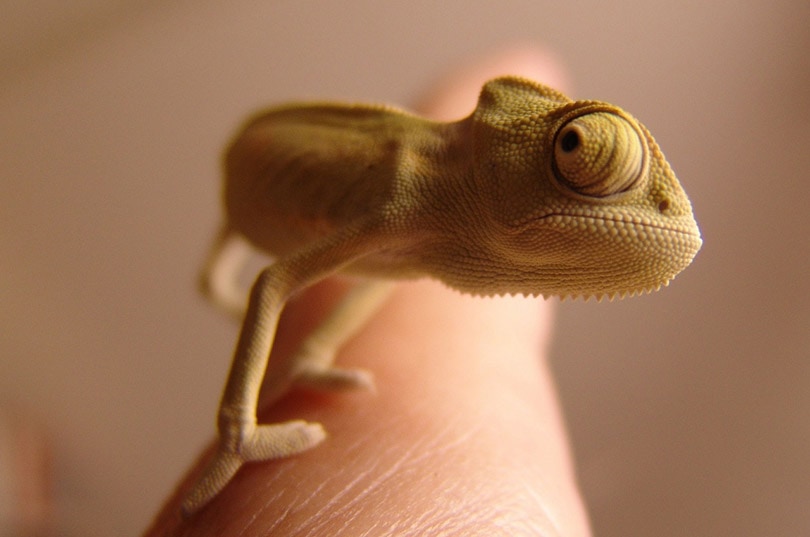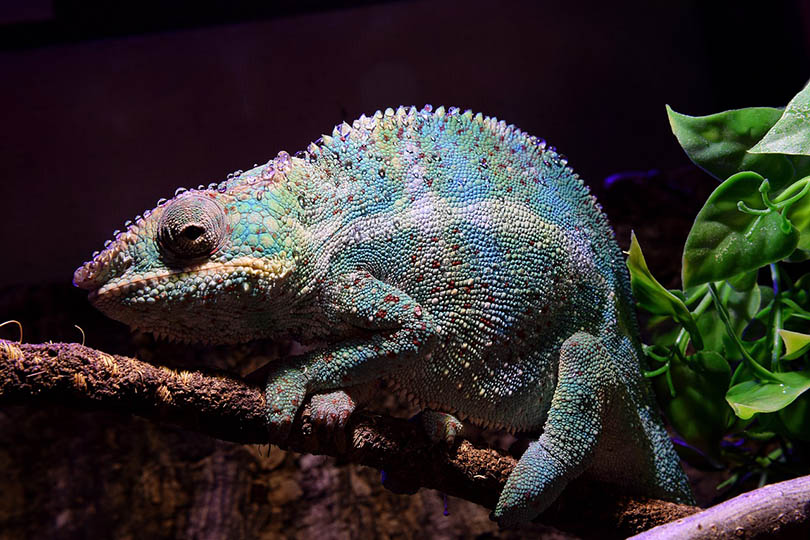
As more people want to keep exotic pets, leopard geckos are increasingly becoming part of the pet-owning conversation. As you can imagine, though, a reptile’s needs are vastly different from those of a standard pet like a dog or cat. Furthermore, their temperaments and behavior are also extremely different. Therefore, it is essential to acquaint yourself with the behaviors of a leopard gecko before adopting one, as that will allow you to know whether this animal would be a good fit for your lifestyle.
Most lizard species display nocturnal behavior, meaning they are active at night and sleep during the day. This is something that turns off many people because they would rather have a pet with a sleeping cycle that matches their own. One of the most challenging aspects of owning a nocturnal animal is that you will also have to be active at night to provide them with food and care and to bond with them.
So, are leopard geckos nocturnal? While leopard geckos display what some people would refer to as nocturnal behavior, leopard geckos are not nocturnal, but rather crepuscular. Read on to learn more!
The Difference Between Nocturnal and Crepuscular
A nocturnal animal is active at night and sleeps during the day. Good examples of nocturnal critters include bats, owls, and raccoons. However, while leopard geckos also nap during the day, they are considered crepuscular.
The word “crepuscular” is the English variant of the term crepusculum, which is Latin for “twilight.” As you may already know, the twilight hours refer to dawn and dusk.
So, crepuscular critters are those that are active primarily at dawn and dusk. This means they are neither active at night nor during the day, but rather in the transition hours.

Why Are Leopard Geckos Crepuscular?
In the wild, leopard geckos live in deserts. A feature of a desert climate is that it tends to get extremely chilly at night and tremendously hot during the day. This is why the twilight hours (dawn and dusk) are perfect for leopard geckos to come out of their burrows, as it is neither too hot nor too cold for them.
Hunting during twilight hours also allows leopard geckos to avoid predators, such as snakes, foxes, and larger reptiles. These animals tend to be either primarily nocturnal or diurnal (active during the day).
Overall, being crepuscular is more or less a survival mechanism for leopard geckos.

Final Words
Like their wild counterparts, pet leopard geckos display crepuscular behavior, as it is ingrained in their DNA. This means they can be much easier to care for than primarily nocturnal geckos, as you will not have to switch up your routine to accommodate them.
Looking for more leopard gecko information? Try:
- How to Tell If Your Leopard Gecko Is Dying: 5 Signs to Look For
- Leopard Gecko Shedding 101: How Often & For How Long Do They Shed?
- Why Is Your Leopard Gecko Not Eating? 9 Reasons With Solutions
Featured Image Credit: Pixabay







